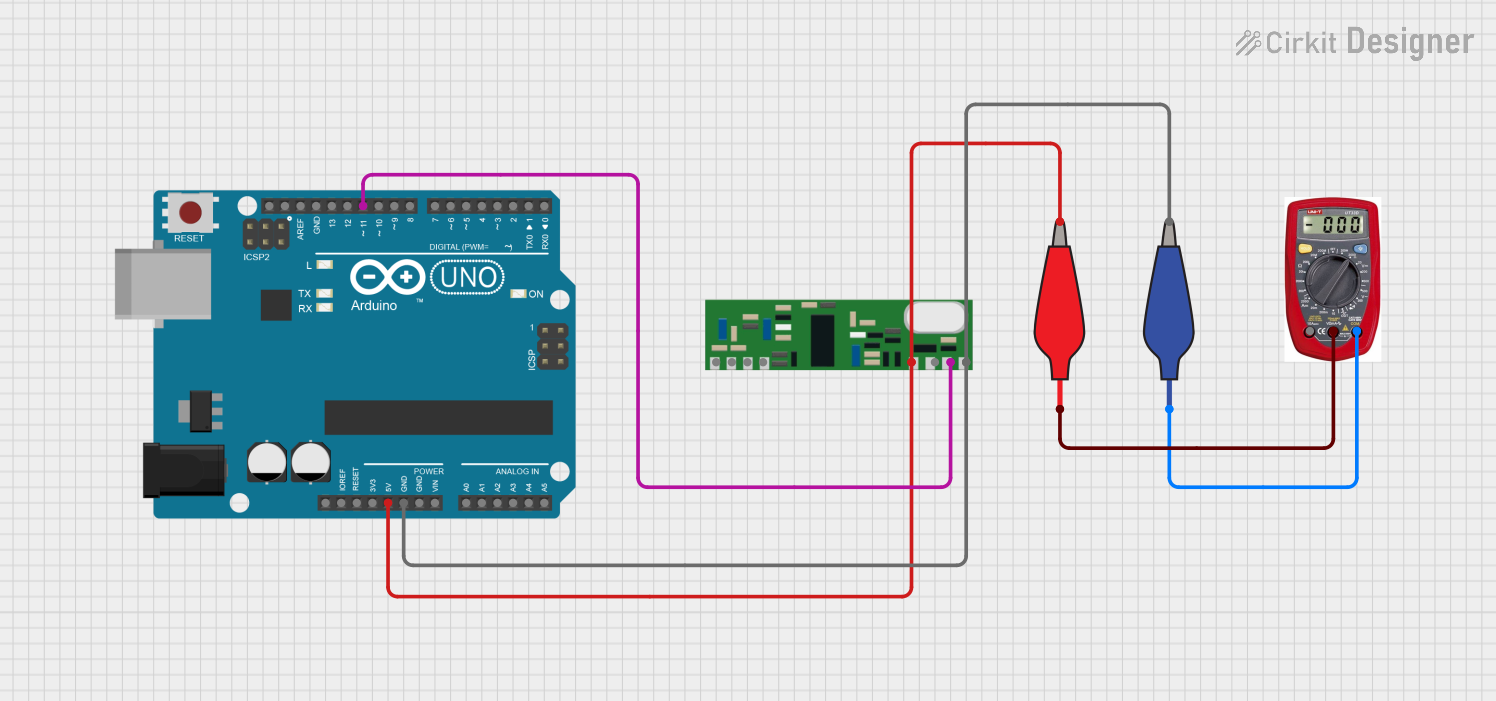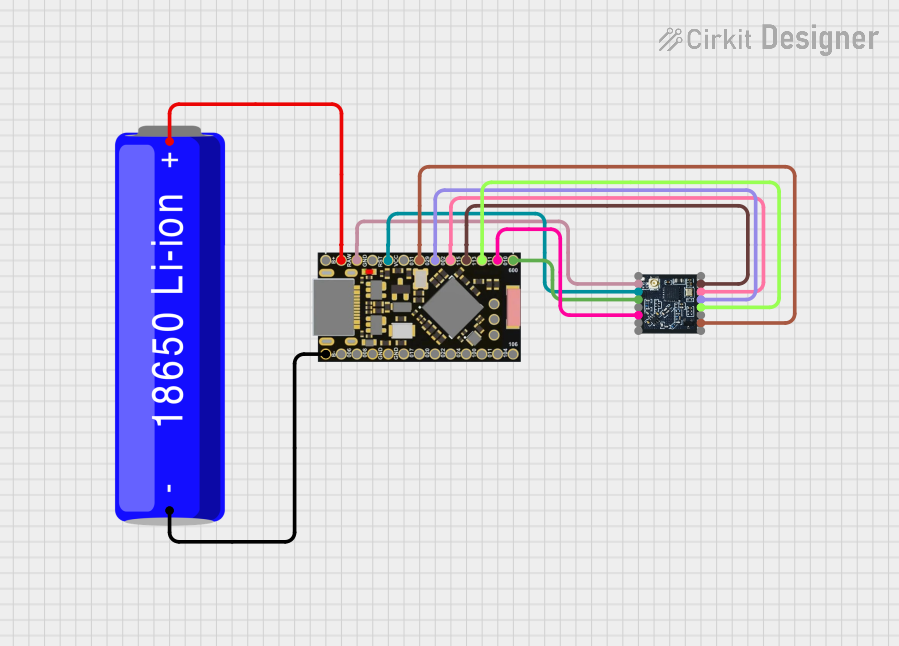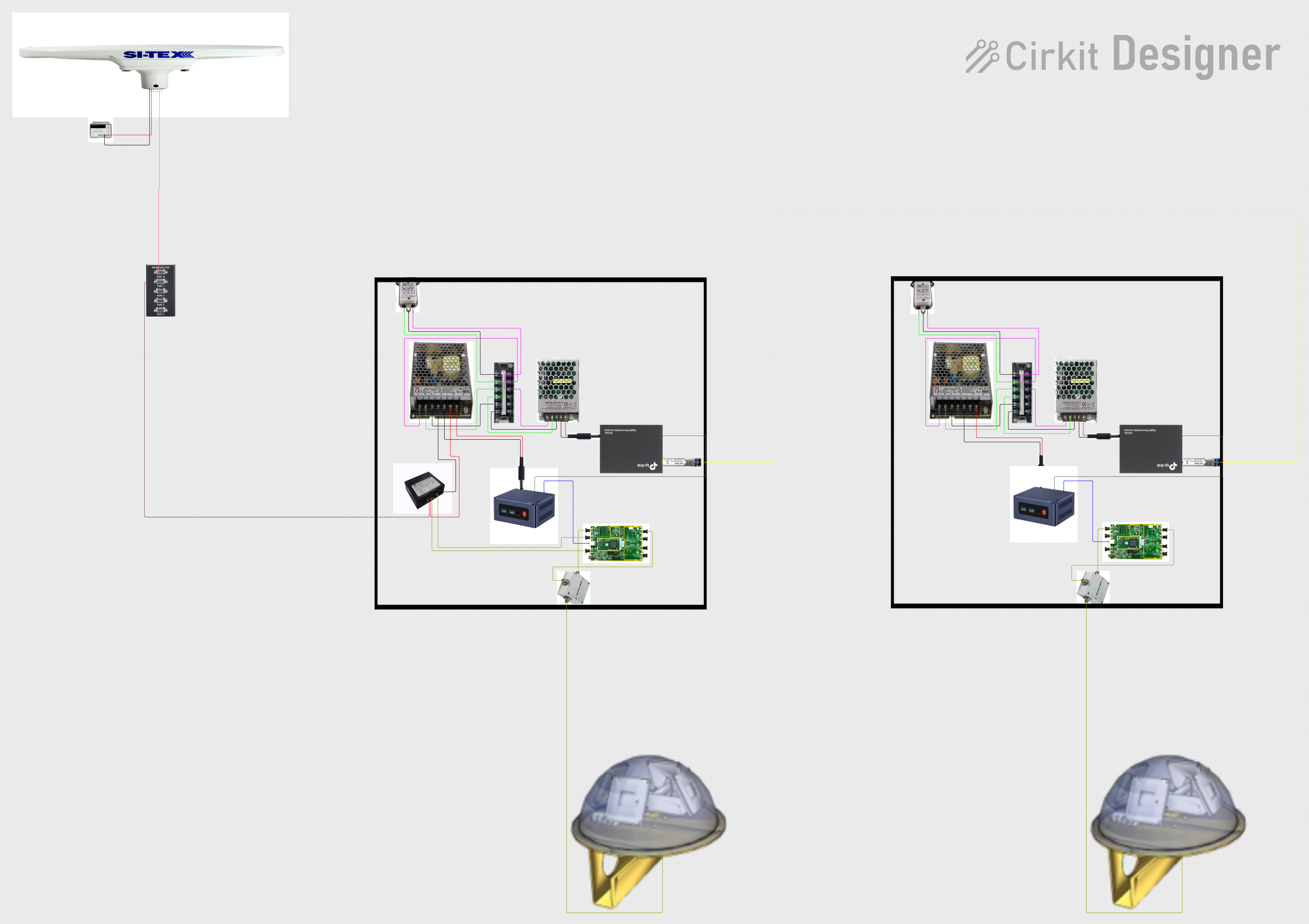
How to Use RXB12 RF Receiver: Examples, Pinouts, and Specs

 Design with RXB12 RF Receiver in Cirkit Designer
Design with RXB12 RF Receiver in Cirkit DesignerIntroduction
The RXB12 RF Receiver is a compact radio frequency receiver module designed for wireless communication applications. It operates at a frequency of 433.92 MHz, which is a common frequency for remote control devices such as garage door openers, car key fobs, and wireless home automation systems. The RXB12 is known for its low power consumption and high sensitivity, making it a popular choice for battery-operated devices.
Explore Projects Built with RXB12 RF Receiver

 Open Project in Cirkit Designer
Open Project in Cirkit Designer
 Open Project in Cirkit Designer
Open Project in Cirkit Designer
 Open Project in Cirkit Designer
Open Project in Cirkit Designer
 Open Project in Cirkit Designer
Open Project in Cirkit DesignerExplore Projects Built with RXB12 RF Receiver

 Open Project in Cirkit Designer
Open Project in Cirkit Designer
 Open Project in Cirkit Designer
Open Project in Cirkit Designer
 Open Project in Cirkit Designer
Open Project in Cirkit Designer
 Open Project in Cirkit Designer
Open Project in Cirkit DesignerCommon Applications and Use Cases
- Remote control systems
- Wireless data transmission
- Home automation
- Security systems
- Industrial controls
Technical Specifications
Key Technical Details
- Operating Frequency: 433.92 MHz
- Supply Voltage: 2.1V to 5.5V
- Operating Current: 2.5mA (typical at 5V)
- Sensitivity: -110dBm (at 2kbps)
- Operating Temperature: -40°C to +85°C
Pin Configuration and Descriptions
| Pin Number | Pin Name | Description |
|---|---|---|
| 1 | ANT | Antenna connection |
| 2 | GND | Ground |
| 3 | VCC | Power supply (2.1V to 5.5V) |
| 4 | DATA | Data output |
| 5 | GND | Ground (optional for improved stability) |
Usage Instructions
How to Use the Component in a Circuit
- Connect the ANT pin to an antenna suitable for the 433.92 MHz frequency.
- Connect the VCC pin to a power supply between 2.1V and 5.5V.
- Connect the GND pin to the ground of the power supply.
- The DATA pin outputs the demodulated data signal, which can be connected to a microcontroller or other data processing unit.
Important Considerations and Best Practices
- Ensure that the power supply is stable and within the specified voltage range.
- Use a proper 433.92 MHz antenna for optimal reception.
- Keep the receiver away from metal objects and noise sources for better performance.
- For noise-sensitive applications, a decoupling capacitor (e.g., 100nF) between VCC and GND is recommended.
Example Connection with Arduino UNO
// RXB12 RF Receiver to Arduino UNO connection
// RXB12 Pin 4 (DATA) to Arduino Pin 2 (Interrupt 0)
void setup() {
pinMode(2, INPUT); // Set the data pin as input
attachInterrupt(0, dataReceived, CHANGE); // Attach interrupt for data reception
}
void loop() {
// Main loop can be used to perform other tasks
}
// Interrupt service routine for handling received data
void dataReceived() {
// Code to handle the received data
}
Troubleshooting and FAQs
Common Issues
- No Signal Detected: Ensure the antenna is properly connected and there are no obstructions or interference sources nearby.
- Intermittent Signal: Check for loose connections and consider adding a decoupling capacitor to stabilize the power supply.
- Weak Signal: Position the antenna away from metal objects and adjust its orientation for better reception.
Solutions and Tips for Troubleshooting
- Verify that the power supply voltage is within the specified range.
- Check solder joints and wiring for any loose connections or shorts.
- Use a multimeter to measure the voltage at the VCC and GND pins to ensure proper power is being supplied.
- If using with a microcontroller, ensure that the data pin is configured correctly and that the interrupt service routine is properly set up.
FAQs
Q: Can the RXB12 be used with other frequencies? A: No, the RXB12 is specifically tuned for the 433.92 MHz frequency.
Q: What is the range of the RXB12 RF Receiver? A: The range depends on several factors including antenna type, power supply voltage, and environmental conditions. Under ideal conditions, it can typically receive signals from up to 100 meters away.
Q: Can the RXB12 be used with any microcontroller? A: Yes, the RXB12 can be interfaced with any microcontroller that has digital input pins capable of reading the data signal.
Q: Is it necessary to use both GND pins? A: While it is not strictly necessary, using both GND pins can improve the stability of the connection, especially in noisy environments.